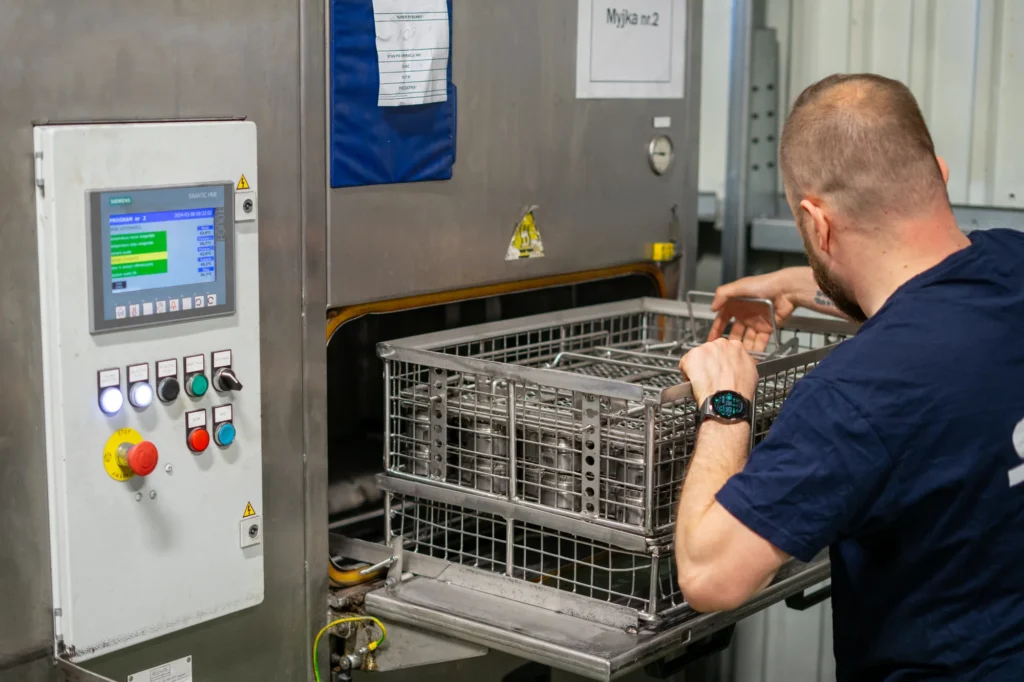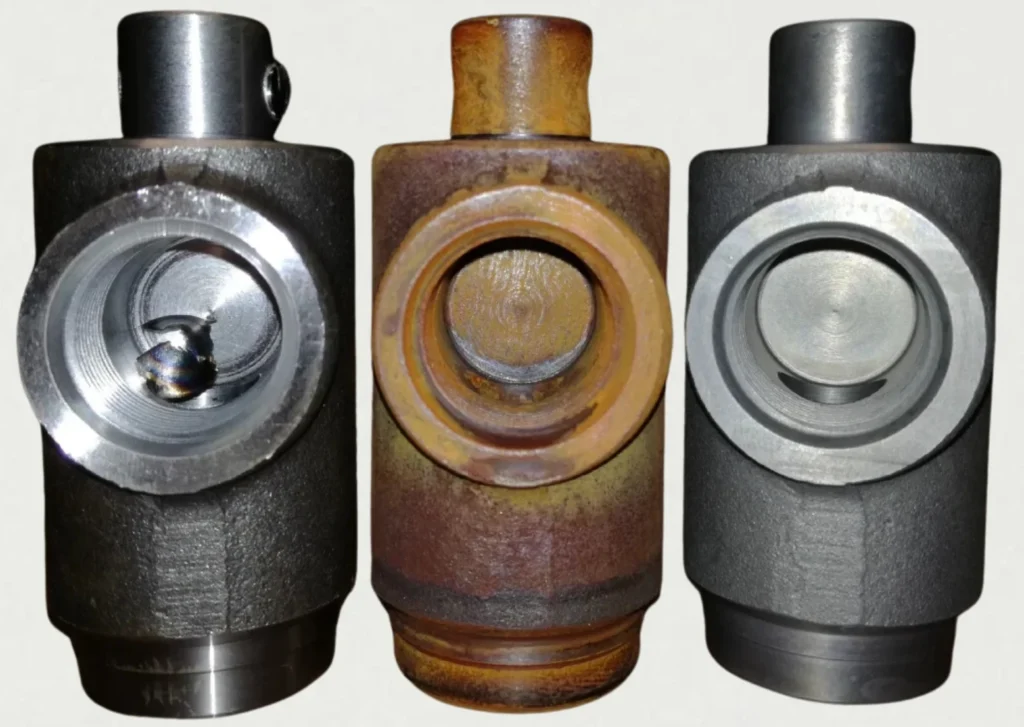CNC machining is a process that allows you to obtain a precise shape and the required dimensional tolerance for a component. However, the component obtained is not always ready for use immediately after milling or turning. The surface finishing process is crucial for the final quality and functionality of the part.
This is when the machined surface is smoothed, cleaned, and adapted to the target operating conditions. Choosing the right finishing method can determine the durability, resistance, and aesthetics of a component. Even minimal burrs, unevenness, or tool marks can affect the performance of technical systems, leading to leaks, accelerated wear, and even damage.

Why is surface finishing after CNC machining so important?
Proper surface finishing has a direct impact on the functional parameters of CNC-machined parts. Among other things, it:
- It reduces friction,
- increases corrosion resistance,
- removes defects such as burrs and sharp edges,
- improves the appearance of the surface and facilitates further operations such as powder coating and electroplating,
- affects the tightness of connections and fit.
A well-executed finishing stage significantly increases the utility value of the component and prevents costly failures during operation.
Overview of finishing methods
Depending on technical, aesthetic, and functional requirements, CNC-machined components are subjected to various finishing methods. Each of them has a specific application and affects the final surface quality.
Deburring
Deburring is the process of removing burrs and sharp edges. It can be done manually (e.g., with knives, files), mechanically (with brushes, cutters), or thermally. It ensures safe and clean surfaces of parts, ready for further processing.
Tumbling
In this method, parts are placed in a drum with abrasive materials and liquid.
The rotation of the part causes gentle smoothing, thus eliminating surface roughness, which is ideal for mass production. The process improves appearance and removes microscopic imperfections.
Precision grinding
This is a mechanical method that achieves very low roughness (Ra < 0.4 µm).
Ideal for components requiring high tightness, fit, and precision. Used, for example, in hydraulic components.
Polishing
This involves smoothing the surface with polishing pastes and tools.
It improves aesthetics and reduces dirt adhesion.
Protective coatings
- Anodizing – an electrochemical process used for aluminum. It creates an oxide layer that improves hardness and corrosion resistance.
- Zinc plating – creates a coating that protects steel from corrosion. Can be electroplated or hot-dip galvanized.
- Surface hardening – hardens the outer layer of a component without affecting its core. Increases abrasion resistance.

How to choose the right finishing method?
The choice of the right finishing method depends on several key factors:
- the type of material,
- the function of the component – whether it is a structural, precision or visible element,
- operating conditions, such as moisture, aggressive chemical environment or the need for increased corrosion resistance.
For stainless steel, deburring is most commonly used due to the need to remove burrs.
For aluminum, anodizing is the most popular choice, as it creates a hard and corrosion-resistant protective layer while enhancing the aesthetic qualities of the part.
Machine housings, on the other hand, are usually subjected to deburring, shot peening and galvanizing. Here, not only aesthetics are important, but above all user safety and effective corrosion protection, especially in humid or chemically aggressive environments.
Summary
Surface finishing is not an addition, but an element of the standard CNC machining process. It directly affects the quality, repeatability, and durability of the part.
In industrial practice, finishing is treated as a critical element—one that determines the reliability of the finished component and its resistance to operating conditions. Therefore, the choice of the appropriate method should be planned at the technological design stage.
